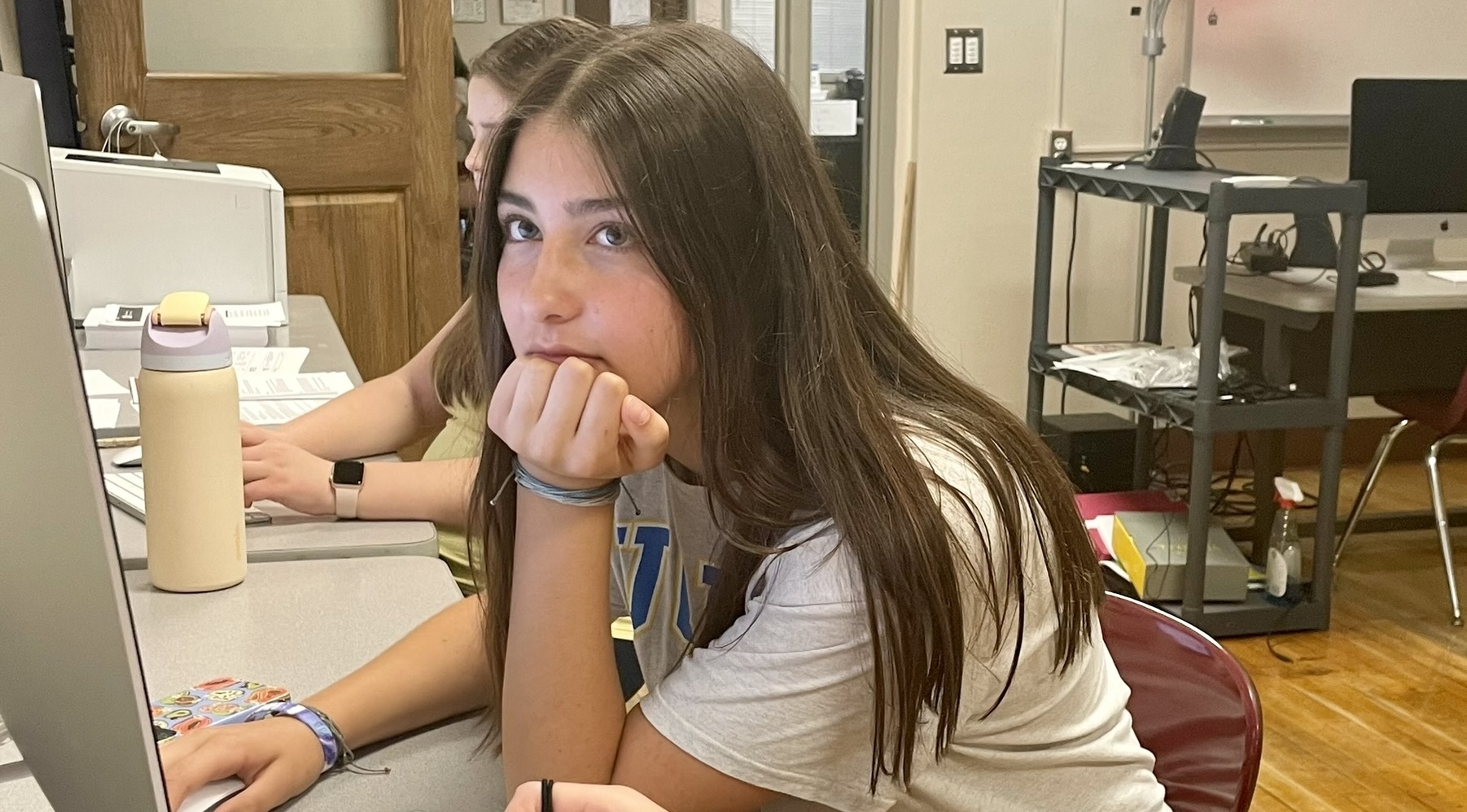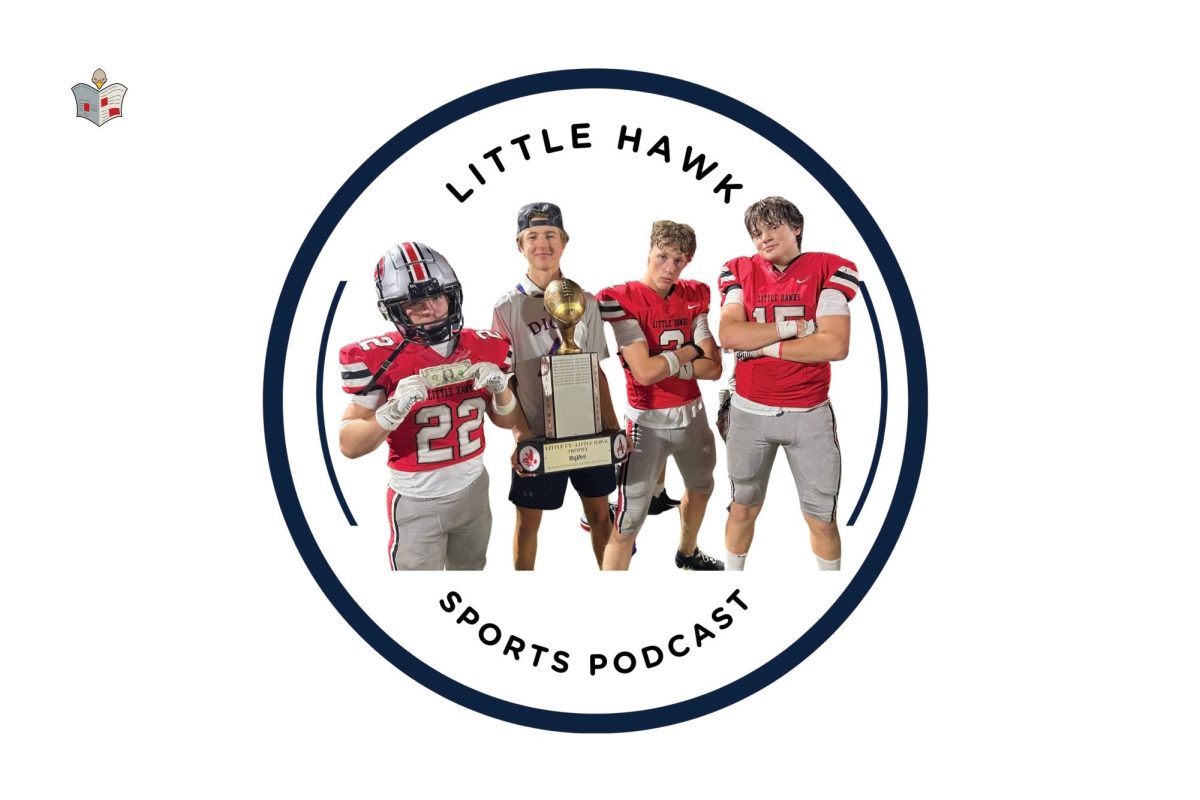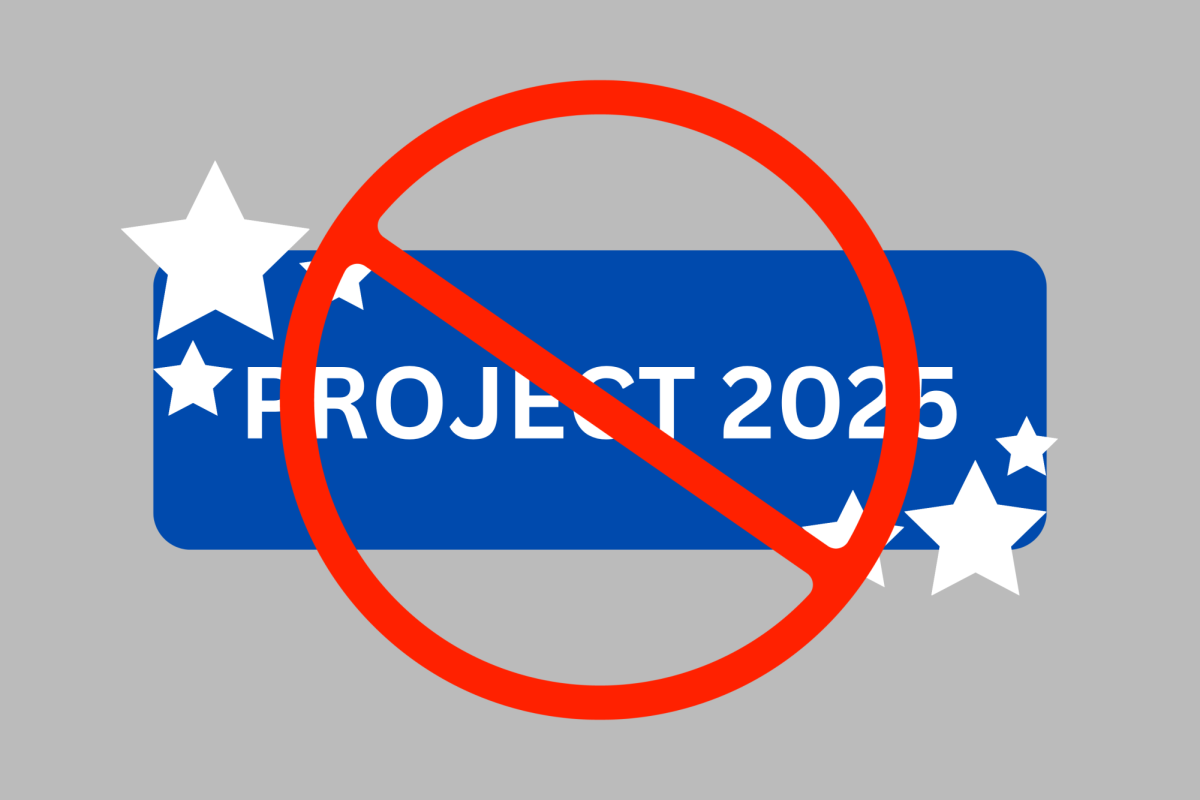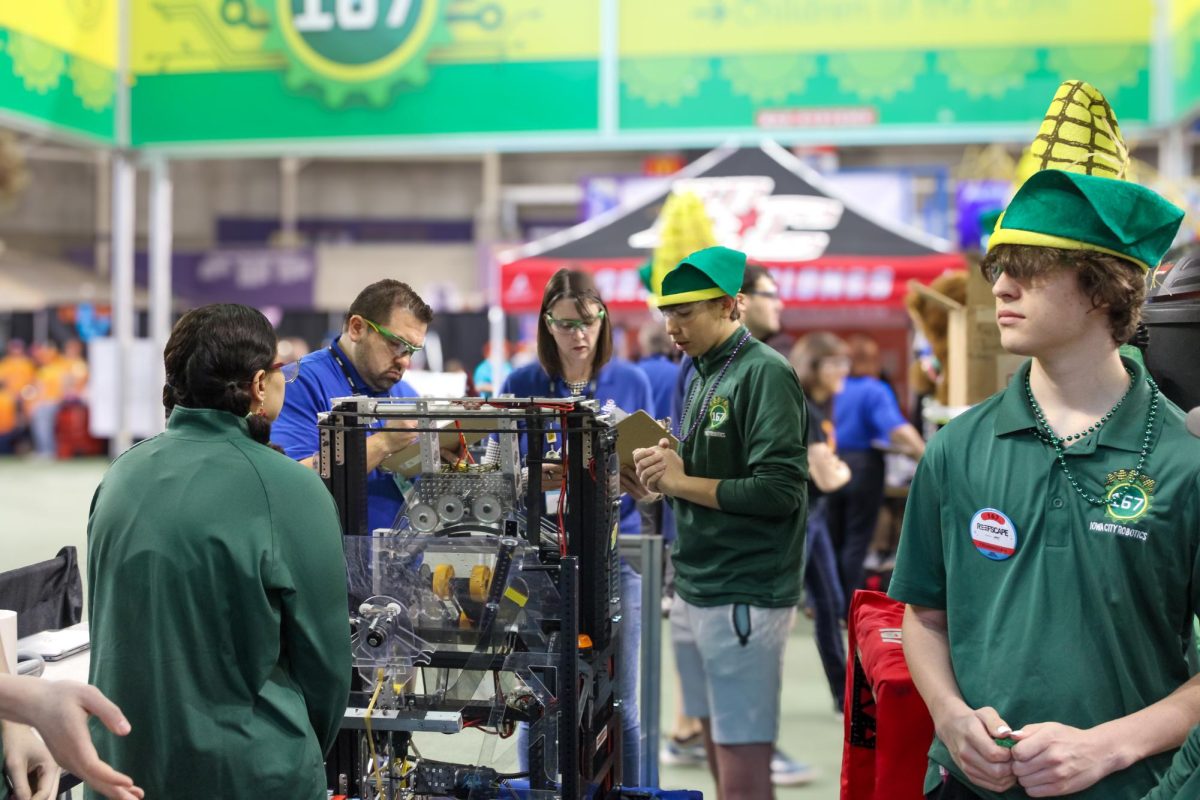ICCSD Faces Budget Restrictions

This upcoming fiscal year, overall school funding is increasing. However, many people, mainly Democrats, believe that isn’t enough to keep up with inflation. The increases involve raises in teacher wages and per-pupil funding. Money that was previously going to public education will go to private schools because of the new voucher program, which means even though there are budget increases overall, not all that increased funding is going into public schools.
There will be a 3% increase in per-pupil funding in Iowa. Currently, the amount given per student is 7,635, and it will go up to 7,864. This is from House File 2613. The Iowa State Education Association says that we should have a 4% increase. Democrats also argue that the funding is insufficient to keep up with inflation as well as new costs from new education proposals.
Because there is a 3% increase in state supplemental aid or per-pupil funding, Iowa’s AEAs will get almost 30 million fewer dollars for the upcoming year. That means that money will go towards the per-pupil funding instead of the AEA’s. Most AEAs will get an overall increase because of the growth in state supplemental aid, but the funding going directly to the AEA is less. The AEA City High is in, Grant Wood, will get $160,000 more, but 800,000 was expected.
Iowa decided not to participate in the U.S. Department of Agriculture’s 2024 Summer Electronic Benefits Transfer for Children as well, which is summer EBT. It would have cost 2.2 million dollars, and there was a 1.83 billion budget surplus last year. Governor Kim Reynolds and the Iowa Department of Health and Human Services stated concerns about the lack of nutritional focus in the EBT program. The governor also talks about how Iowa already has existing summer food programs that work with the Department of Education to provide students with food. For high school students, this means no prepaid debit cards for families to buy food, but an expansion of already existing food programs within the district.
The Iowa House also passed a bill to raise minimum teacher pay. The bill Kim Reynolds increases teacher pay up to $50,000 for all teachers and $15 an hour for non-salaried staff. Iowa State Education Association President Mike Beranek thinks that this increase is good, but there still needs to be a larger increase. An inadequate raise in teacher pay can affect how experienced the teachers we have are because the more experienced teachers won’t want to be underpaid. There isn’t currently a timeline to finish the bill.
Last spring, a new program for private school vouchers was introduced. This year, 16,757 students have taken advantage of them. The program received 30,000 applicants and was budgeted for 14,000 students. Students and families are eligible for the program if they are public school or private school students who make up less than 300% of the federal poverty level. Next year, it will expand to families making less than 400% of the federal poverty level. This program was very controversial and Democrats are against it because they worry it could lead to decreased funding for public schools.
According to the Iowa City Education Association, the Iowa City school district is amid budget cuts. This is because of the voucher program, chronic underfunding from the state, and the district’s decrease/flatline of enrollment. In the past 13 years, the amount of state supplemental funding received each year on average has decreased by 1% from the previous 13 years. For the coming year, the Iowa City School district will get around a 2% increase in per-pupil funding, which is inadequate for keeping up with inflation.
Isabel Knudtson ‘27 walks into peer-to-peer, one of her favorite times of the day. The teachers around her do their best to get students what they need, but there aren’t enough of them. Sometimes, Knudtson has to work with 2 students at a time, a responsibility a student shouldn’t have. This is because she doesn’t have the training to support more than one student adequately, which means they won’t get what they need.
The peer-to-peer program has students working with peers supported by the Special needs program. Being a part of this, Knudtson has noticed how understaffed and underpaid the department is.

“There aren’t enough paras, which is also a thing from paying. People don’t want to come do this job if they’re not gonna get paid well. So then I will be in charge.” Knudtson said. “There’s been times where I’ve been in charge of like two students working with them, which a freshman should not have to be teaching to students in their class because it’s not only hard for me, but it’s hard for them to truly learn and to be in a good environment.”
Oftentimes, because the special needs department is understaffed, the students who rely on it don’t get all the support they need from paras.
“Students that like, can’t move at all and like are in like wheelchairs and they have like special like Medicare stuff that the paras need to be trained on. There aren’t enough paras who are trained, sometimes things will happen where there’s not someone to work with them and it’s just a big scheduling issue.”
The special needs department is not the only place at City High that has fallen victim to underfunding. Another thing is the theatre department.
“The Theatre Department especially is running out of money, reusing costumes from the 90s that should not be reused.” Sam Brown ‘26, a member of the costume crew for this year’s spring play.
The theatre department is just one example of students having inadequate resources to succeed. Another is in the lack of school supplies.
“I have a really messy backpack and I don’t know what they expect me to do when I don’t have a pencil because you know, we need pencils. We’re in school,” Willow Schultz ‘27 said.

Without pencils, it’s very difficult to learn, and though it’s on the school supplies list, many students find themselves without and the responsibility falls on to the teacher to make sure everyone can learn.
“It seems that they are having to use their own money from out of their own paycheck to provide school supplies for their students like necessary things that they need to function in school. Like for example, pencils and notebooks and folders. I’ve heard from many of my teachers that it cuts into their own time and money to provide these things for their students when the school should be providing them,” Stella Demarest ‘27 said.
In the Iowa City School District Superintendent Matt Degner has been making budget changes and decisions along with the Iowa City School board. His goals for the budget are to not lay anyone off and not cut any student programs. The reason the cuts have to be made is because of chronic underfunding from the state of Iowa Public Schools.
“The way we get our money for that is an allocation from the state and that’s called supplemental state aid. And it’s a per-pupil allocation. And every year the legislature decides how much that’s going to grow,” Degner said. “Part of this problem is that we’ve had historic, you know, underfunding of public ed for you know, 10 to 20 years 10 to 15 years, where that number of how that number is growing has not really kept up with inflation, or like you said, population growth.”
Before COVID-19, the ICCSD had a big population growth, and so that offset the underfunding. In the past few years, enrollment has not increased as much, creating the need for budget cuts.
“If we’re gaining 200 more students, that’s another almost $7,500 per student that comes into the district so we’re able to almost subsidize, you know, some of those increased costs based on the fact we’re gaining more students. But when our enrollment took a dive in COVID, and we’re still smaller as a district than we were prior to COVID,” Degner said. “That creates a smaller general fund for us to pay those salaries.”
As well as student growth plateauing, the new voucher program has also taken out of the per-pupil funding.
“There’s about an equivalent of 60 fewer students due to those vouchers,” Degner said. “But as far as new students that may be left our district and that are now on a voucher at a private school, that impacts about the equivalent of 60 full-time enrolled students, and so you take… 60 times that $7,500 and subtract that out of our budget.”
With these budget changes, one of Degner’s aims has been not to decrease student programming.
“We did not want to get into a conversation about trying to make value judgments about athletics or fine arts or clubs and activities. We think those are all critically important to our students,” Degner said. “The breadth and depth of the curriculum, we have, you know, in which you guys can sign up for for courses, I think that’s a strength of our district. And so we didn’t want to reduce any of those academic opportunities either.”
Another aim was to maintain all the staffing positions in ICCSD.
“Our overall kind of tenants of our strategy…has been to try to protect people and programs so we haven’t separated anybody from employment and told them they can’t have a job with us anymore,” Degner said. “We’ve been really aggressive on early retirement. And so we’ve tried to basically, instead people, that if they were close to retirement, thinking about it to give them a good package so that we had some natural attrition that occurred and then positions we just didn’t backfill. So a person leaves the district, either retirement or otherwise and we don’t replace that position.”
Iowa’s AEAs took a cut this year, and the money that was previously going straight to them is now coming to districts through state supplemental aid instead.
“The relationship between the districts in AEA now has been fundamentally changed. They’ve been cut year after year as well as an AEA system,” Degner said. “There’s the bigger conversation about okay, now, how’s this new relationship change about monies that have flowed through the district to the AEA that now the district could potentially keep?”
AEAs provide money and support to school districts mainly for special education funding like IEPs. Though the agencies have gotten cut, that does not mean that a student will not get support because the Individuals with Disabilities Education Act guarantees it. However, there has been a challenge presented in having enough paras at a district level.
“That is the biggest challenge for us to continue to serve is really with our para educators and making sure we have highly qualified educators and enough paraeducators. We’ve also seen tremendous growth in the amount of para educators that are written into a student’s IEP to deliver on those services. And so that’s created a challenge too, they’re not high-paid jobs for people and as we look at trying to be competitive in the marketplace for other employment opportunities they have, that’s difficult for us to recruit and retain as many paras as we need, especially as that need is increased,” Degner said.
These budget problems have a few main causes, mostly having to do with the state’s decisions in terms of funding public schools.
“The long term underfunding of public schools by the state and not keeping up with you know, what are just budgetary pressures with inflation and with increased services that you know, our students need, and then finally, the impact of that savings accounts and vouchers, you know, that also then hurts our enrollment hurts the amount of students we’re serving, which directly impacts with impacts our budget. And so those three factors are really what has landed us into this, you know, kind of recurring challenge here about trying to utilize our resources in the most efficient way.”
Your donation will support the student journalists of Iowa City High School. For 2023, we are trying to update our video and photo studio, purchase new cameras and attend journalism conferences.

















